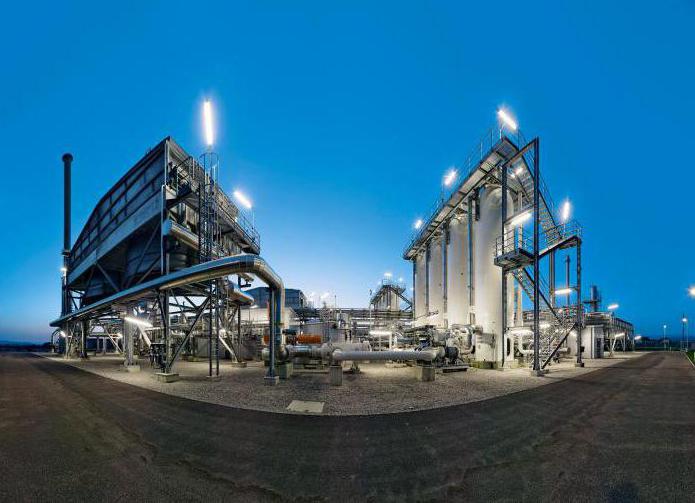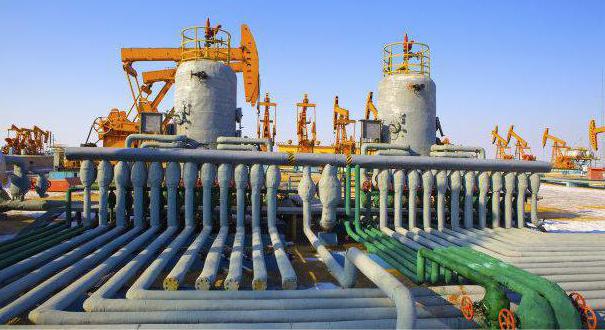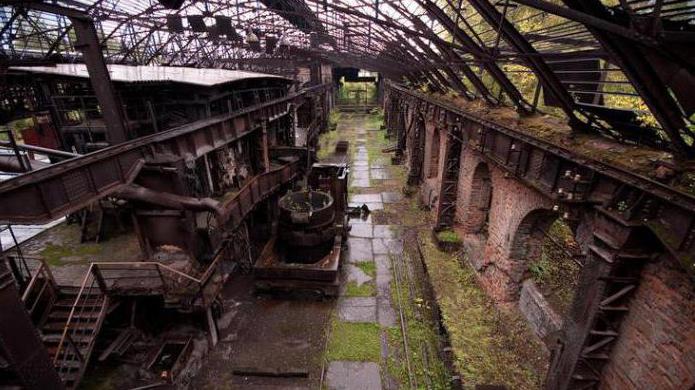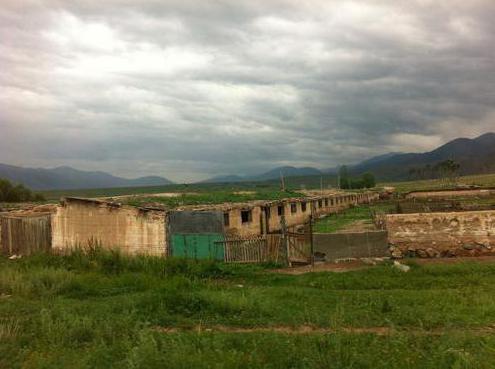A strategy aimed at different aspects of the development of activities is called diversification. If we consider the translation from Latin, then from two words - diversus (different) plus facere (to do) - we get diversificatio (variety). A diversification of the economy means the development of several simultaneously, absolutely unrelated activities. For example, when a company immediately develops both production and sales.

Penetration and fusion
Sometimes this word means a large increase in the number of types or types of services, products, as well as diversification of the economy - this is when the distribution of funds occurs in assets of various parameters (to reduce risks) and when the company penetrates other industries. Sometimes the diversification of production occurs due to the expansion of own capacities or the method of buying firms that already operate in the markets of interest to the company is used. The goals are pursued as follows: to open new horizons for the prosperity and growth of business, reducing dependence on a single market, brand, product, balance in seasonal price fluctuations.
Economic diversification may be related or unrelated. The first is an increase in diversity in a new direction, which has at least the slightest relation to the first, existing direction. It uses the advantages that have already been achieved, which is a big plus for business development: profit growth and minimization of risks. Unconnected diversification is the transfer of a company to a new area, completely different, different from the existing one in everything. Here, completely new technologies and special marketing activities should be applied. As a result, the company becomes diversified, whose components may not have functional connections at all.

Resources
Diversification of production is carried out either using only internal resources or attracting third-party ones. In the first case, new production sites are opened, additional sales lines are established through the use of foreign manufacturers and their products. This is an internal diversification. With external - the goals of diversification are changing. Units are created outside the existing enterprise through cross-sales, mergers or acquisitions of other companies.
Diversification is such a broad concept that we can talk about different types of activities. Apart from production diversifications of products and investments, conglomerate and concentric, as well as horizontal, differ. All types of diversification should be considered in more detail. In any case, all of them are equally characterized by a transition from a one-sided production structure to diversification.

Diversification methods
When different prices are set for the same product or for the entire product group, this means that prices are diversifying. And if capital is dispersed between different investment objects, economic risks are significantly reduced, which means that capital is diversified.
If marketing or technologies (or both at the same time) are massively developing in production with the aim of introducing services or goods, creating new industries that are closely related to goods or services already owned by the production, then this process is called concentric. And vice versa, if the introduced goods and services, the created business and production are in no way connected with the manufactured products, then it is horizontal.
Russia
Diversification of the Russian economy at the moment is the main condition for the survival of the country. A lot is happening in the world of what is alarming calls, for example, China suddenly in 2011 significantly reduced the export of rare earth metals. Given that this country provided ninety percent of all supplies of this product, necessary for telecommunication, computer and defense equipment.
So you can bring to your knees many sectors of world industry that ensure the security of countries. The same thing happened in Libya when the United States of America violated the agreement and did not put huge amounts of printed paper money there (Libya itself never made them). Naturally, the gold that was paid for this went to support the civil war against Muammar Gaddafi. The same thing happens in many cases with our country (recall the long-suffering Mistrals and the construction of pipelines). But the worst is not even that.

Opinions
Economists close to the authorities do not tire of repeating that for a petrodollar the country can literally get everything and the development of domestic production is absolutely unnecessary, because it is unprofitable. They consider a high oil tax to be a mistake, since this contradicts the calculations of economic science. The USA is cited as an example, where research and development in the oil and gas sector is most of all done, which even replace the military industry in this regard. Norway also has a large stabilization fund in the event of a market drop. Allegedly, one cannot do without such a diversification of the structure of the national economy, which will not spend money stupidly, developing the military-industrial complex.
Regarding the profitability of investments, the authors of such ideas are, of course, right. Obviously underfunded medicine and education, and this is the future of our country. But you need to understand that Russia is not in an airless space, where there is not a single sweet and friendly country nearby that would surround us with military bases and establish not only radar stations along the entire perimeter of borders, but also rocket launchers. Unfortunately, this is not the case; we have an environment. And, admittedly, not nice enough not to consider the situation from the point of view of public policy. These proposals are aimed at undermining the country's security - both food, and economic, and military. Of course, the diversification of economic sectors in Russia is in full swing, and this is a rather painful process.

Recall
For two decades since the beginning of the 1990s, it was precisely the proposed “natural selection” that took place in the Russian economy: they stopped caring for the Russian manufacturer, the state not only did not support it, but it did not protect it (with the exception, probably, only AvtoVAZ) . As a result, food security was lost, and now they are trying with great difficulty to restore it.
Food imports reached eighty-five percent. Now an import substitution program is in place, which, of course, is still far from profitability. Stalin, referring to the congress, said that we had no aircraft industry, but now we have it, there was no automobile industry, and now we have it, there was no tractor construction, but now we have it, there was no energy, but now we have it. What can the power of the 90s say to the people? "Hooray, we had an aircraft industry, but now it isn’t ..." And then on all counts. In fact, now we are eating up the remains of Soviet infrastructure.
Output
Firstly, it’s impossible, it’s just absolutely impossible to entrust the Russian economy to traders. According to allegory - to expel from the temple. Otherwise, the state expects death, because they act purely for the sake of economic gain, and moreover, for a moment, and for this purpose they will not disdain anything, even the weakening of their native state. However, about kinship ties talking with them is also useless.Gaydar’s cabinet profits - mom. In this situation, diversification of the economy is simply necessary in order not to be in the place of Libya, Syria, Iraq and so on - there are many examples.
It is necessary to protect the domestic market with barriers, both tariff and non-tariff, in order to start industrialization-2. The objectives of diversification of such a plan are quite understandable: enterprises within Russia must achieve at least eighty percent of the production of industrial, food products and also capital goods. It is necessary to reduce the dependence on commodity markets on the external environment in order to increase the country's economic growth. Restrictions on all capital transactions with currency (Brazil it did and turned out to be right, China has acted this way, is doing it and will probably do it). The national currency is strengthening, external dependence on speculative capital markets is decreasing.

Modernization and innovation
The most urgent task for Russia today is to diversify production; it is a necessity for all countries that depend on the export of mineral resources. It is useful to consider successfully diversified economies of countries such as Chile, Malaysia, Indonesia. The main thing is that statements about aspirations to revive the country's independence do not remain unfounded. The rich countries of the first wave of industrialization, which went into the post-industrial period, can not serve as an example for us, and they can never. The starting data is different. But really successful developing countries, as listed above, can serve as an example. There are few of them, and they still have a lot of economic problems, but they are interesting in that.
The economy, which is based on the export of mineral resources, is very different from the exporting economies of other commodities. They have rather weak ties with other sectors of production, highly concentrated natural rent, which they receive most of all from tax revenues, and very, very few jobs. This is especially true for oil and gas resources. And the question is not at all so obvious that the only acceptable option for the development of a country mired in dependence on export of oil products is diversification. There are alternatives: expanding the investment of export earnings abroad, and also the very regulation of production volumes to manage the global market, which has now begun.
Points for and against"
In favor of diversification, first of all, there are confirmed by purely empirical studies of the relationship between the prospect of long-term economic growth and diversification methods. Developing industry, the country is activating all intersectoral relations, entrepreneurship is being stimulated, and prerequisites are being created for increasing trade turnover both within the country and with other countries.
Of course, the very concept of "diversification of the economy" can be the answer to any of the questions posed. But the situation has reached its limit in Russia's dependence on the export of resources, problems are torn from this vicious circle, and even now, getting out of this situation requires untold political will and huge long-term efforts. So, examples.
Malaysia
This country has always been quite successful in mining tin, rubber and wood, where it acquired a fairly well-developed infrastructure at the time of economic diversification. Another of the advantages, which are quite diverse: a very convenient geographical location for export, a good climate and a huge number of ports. When the budget policy was balanced, it became possible to direct large amounts of investment in reforestation and land development, as well as to support infrastructure: energy supply, communications, transport. By the mid-70s, the government ceased to focus on the export of industry, which was based on the cheapness of labor.
Labor in Indonesia cost very little, legislative minimum wages were not fixed even in export areas, and trade unions were inactive, because the authorities imposed restrictions on their activities. Macroeconomics also supported lower wages. Devaluation has allowed to reduce the cost of production costs. A number of programs launched to support export sectors of the economy have significantly increased the competitiveness of all products. Programs included lending, tax incentives, government research subsidies, and product promotion. Thus, Malaysia has significantly strengthened itself in the world market, which means that the diversification of the regional economies has been successful.

Indonesia
This country was helped by diversification of the economy, aimed at actively stimulating agriculture with incredibly rapid development and the oil industry, significant portions of the proceeds from which were directed to specific goals. This includes the development and putting into circulation of high-yielding rice varieties, and the production of fertilizers and their sale on the domestic market with high benefits, and the development of infrastructure in all agricultural territories of the country.
Agriculture quickly adapted to feed the population cheaply and variably, the number of industrial workers grew, and by the 80s Indonesia was able to begin work on the development of industrial production. For all this, the level of government spending was tightly controlled (and now!), So the government accumulated very significant financial reserves. And to support trade balance at the positive pole, the Indonesian government has repeatedly disdained the devaluation of the national currency, without violating the relatively free trade regime.
Chile
Chile does not export large-scale, like Malaysia and Indonesia, its industrial goods, but the economy has diversified significantly through the export of value-added raw materials (already not small). This was possible because the Chilean resource base is highly developed. In addition, the economic strategy developed by the Chilean government was aimed at mitigating fluctuations within the global environment: accumulating significant reserves in those years when the cost of exported raw materials was high, Chile was actively spending the accumulated in the fall of world market prices.
The business climate in the country has improved significantly: the conditions for entrepreneurs are very good, and Chile has traditionally been at the top of the list in the ratings. Also, there is a very well developed partnership between the state and the entrepreneur, many private-state enterprises operate successfully, especially in the export section of the economy. Small producers enjoy both information and financial support, so the state helps them enter the world market. The practice of production clusters is developing, where both small and medium-sized businesses are involved.








